Meta's big move: WhatsApp to introduce ads
Published on June 20, 2025/Last edited on June 20, 2025/6 min read
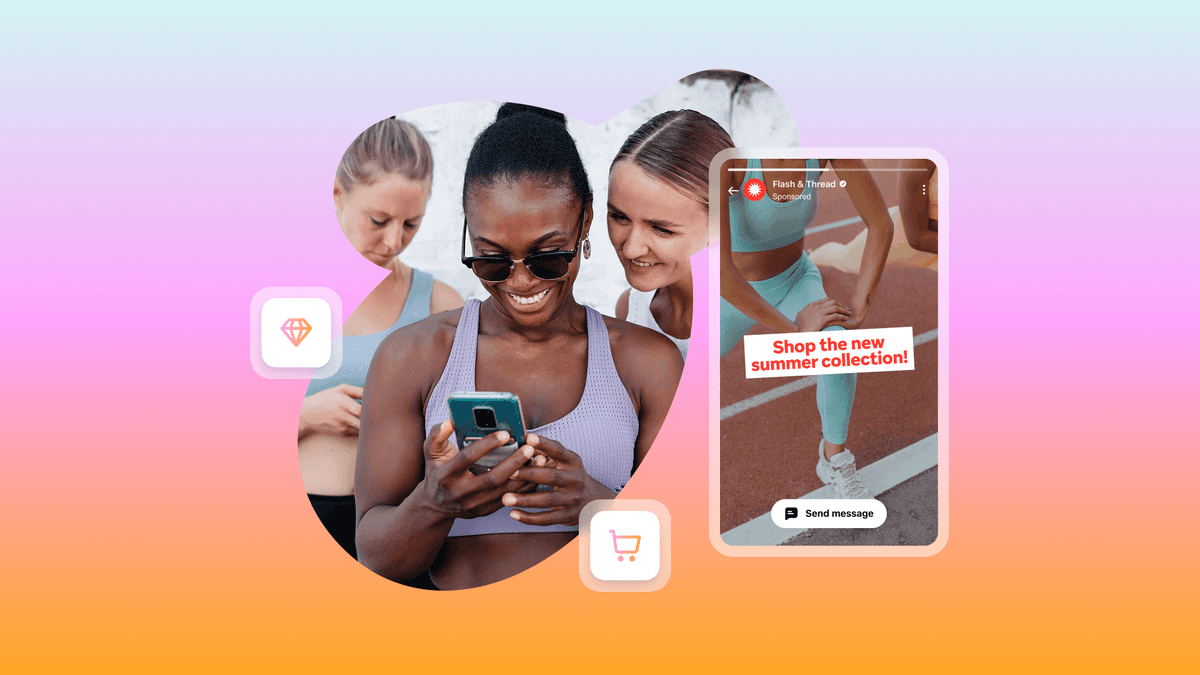

Lexie Haggerty
Senior Product Marketing Manager, BrazeIn the years since its launch in 2009, the WhatsApp messaging platform has become known both for its global reach and for its privacy-centric approach to messaging—becoming one of the first chat apps to offer end-to-end encryption of all user messages and calls. Following the company's 2014 acquisition by Facebook (now Meta), the organization explored whether to allow brands to advertise to their users, before backing down in 2020 in the face of public criticism. But this week, Meta announced that the day had finally come: Beginning this year, WhatsApp will officially introduce paid ads to the messaging platform.
This shift opens up new opportunities for brands looking to reach WhatsApp's three billion global users with ads and promotions, but it also has the potential to trigger user privacy concerns, given WhatsApp's historical position as one of the most privacy-conscious messaging apps. Read on to explore what's changing with WhatsApp, what it means for marketers and consumers, and how brands should respond.
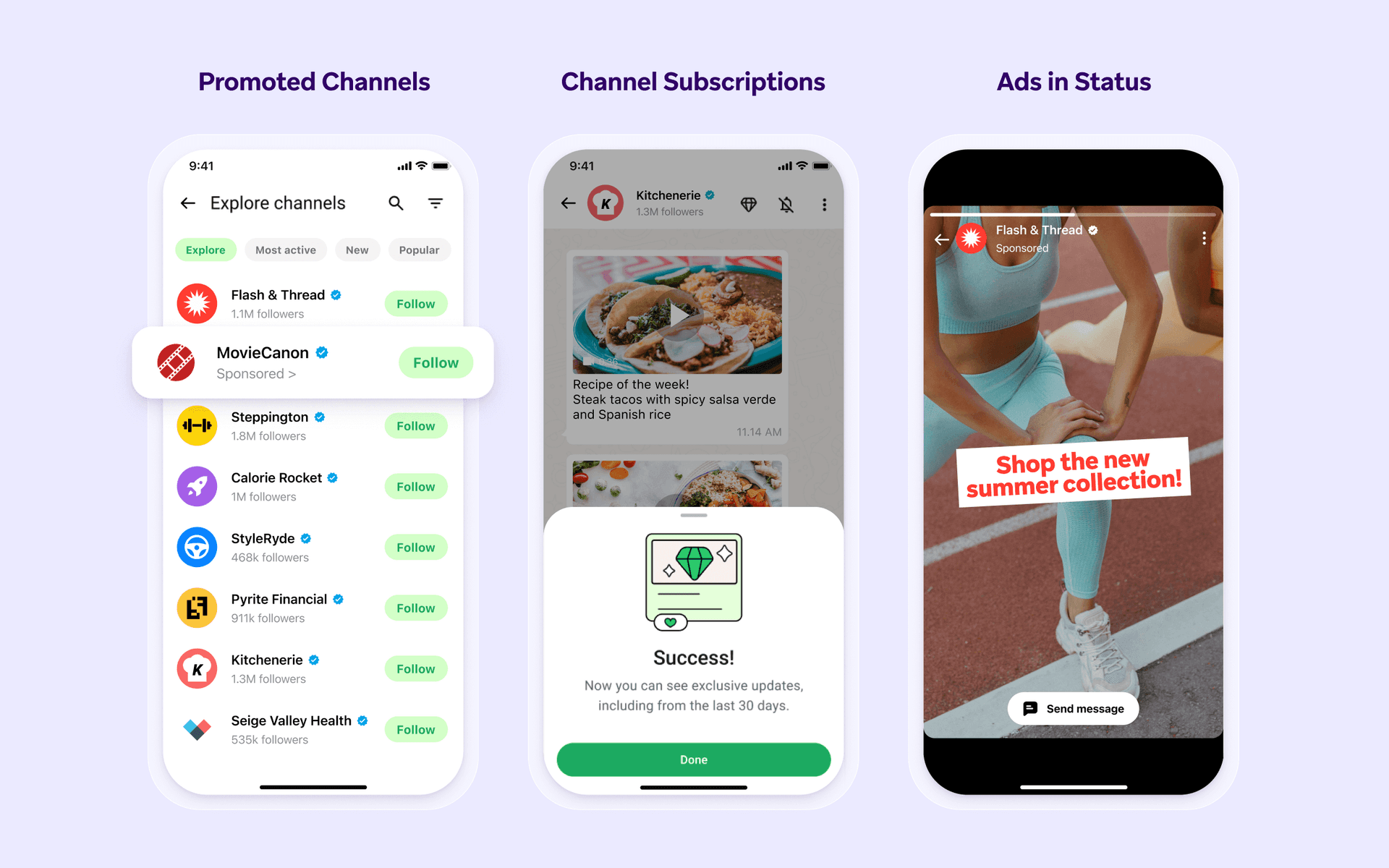
WhatsApp and ads: What’s changing
Prior to Meta’s June 16 announcement, no paid ads had been allowed on the WhatsApp messaging platform itself—however, brands are allowed to directly message opted-in users with promotional and transactional marketing via the company’s WhatsApp Business Messaging functionality. Under the change, ads will appear exclusively within the app’s Updates tab, allowing consumers to discover new products and services while keeping their conversations with friends and family uninterrupted. In addition to these ads, WhatsApp is also introducing Promoted Channels, which are designed to help users discover channels that might be of interest to them, and Channel subscriptions, which makes it possible for users to gain access to exclusive content on their favorite channels for a fee.
To deliver relevant ads in the Status or Channels section, WhatsApp will utilize limited information such as users’ country or city, language, the Channels they follow, and their interactions with other WhatsApp ads. For users who have connected their WhatsApp account to their Instagram and Facebook accounts via Meta’s Accounts Center, WhatsApp will also consider their ad preferences and information from across their Meta accounts.
In their announcement, WhatsApp reassured consumers that “these new features will appear only on the Updates tab, away from your personal chats. This means if you only use WhatsApp to chat with friends and loved ones, there is no change to your experience at all.”
What WhatsApp’s announcement means for user privacy
Because of WhatsApp’s reputation for privacy, the decision to introduce ads into the messaging platform has the potential to raise concerns among users. To allay those fears, WhatsApp has made a point of reaffirming its commitment to privacy and explicitly reassuring users that their communications remain private: “Like everything we do at WhatsApp, we’ve built these features in the most private way possible. Your personal messages, calls, and statuses remain end-to-end encrypted, meaning no one (not even us) can see or hear them.”
It’s been common for tech giants like Google and Meta to use customer data to inform ads since at least the launch of Gmail in 2004. However, Meta has emphasized that they are taking a more consumer-centric approach with WhatsApp, saying, “We will never sell or share your phone number with advertisers. Your personal messages, calls, and groups will not be used to determine the ads you may see.”
The upshot? While introducing advertising to WhatsApp may trigger some consumer concerns around privacy, Meta is making a clear effort to separate the app’s core messaging functionality from the areas where ads are allowed. This should give consumers more opportunities to discover new products and services on the platform, follow their favorite channels, and subscribe to exclusive content—all without compromising the privacy of peer-to-peer chats with friends and family.
The future of ads-based marketing on WhatsApp
While the core consumer experience of WhatsApp shouldn’t change significantly in light of Meta’s announcement, it does open up exciting new opportunities for marketers to reach the platform’s massive global audience in new, impactful ways.
For one thing, while WhatsApp has stressed that ads and the new Channels features will be separate from personal chats, the Updates tab has proven to be a highly trafficked area, with 1.5 billion users visiting that area of the app daily. That means these enhancements will provide additional avenues to connect with WhatsApp’s global audience, allowing brands to engage more effectively with existing customers in new ways while also showcasing their products and services to potential new customers.Unifying a paid and owned channels strategy on WhatsApp WhatsApp ads present marketers with a unique opportunity to integrate their paid advertising efforts with owned marketing channels such as WhatsApp, email, and in-app messaging. Brands that are already leveraging the WhatsApp platform for marketing communications can now craft a cohesive full-funnel experience that spans acquisition, monetization, and retention.With Braze Audience Sync, brands can drive more impact with each campaign dollar by leveraging their first-party customer data to dynamically target and trigger paid ads. Once a user converts on the ad, marketers can leverage Audience Sync to dynamically suppress ads—minimizing wasted spend on users who have already taken action. Braze Audience Sync integrates directly into Meta’s ads ecosystem, enabling brands to dynamically and securely sync first-party customer data to optimize their ad targeting strategy on Instagram, Facebook, and now WhatsApp.
Imagine an eCommerce brand launching a new summer athleisure collection. With Audience Sync, they can harness their first-party data to retarget their existing customers who are most likely to make a purchase while also attracting new customers using lookalike audiences. When a user interested in the product clicks the “Send message” call-to-action on the ad, they are seamlessly directed into a message thread with the brand. This gives them an opportunity to learn more about the new collection, browse different products, and, if they’re so inclined, make a purchase. Once they convert, the ad will instantly be suppressed—minimizing wasted ad spend.
By integrating their paid and owned marketing strategy and connecting with customers at more touchpoints throughout the lifecycle, brands can drive more connected, cohesive customer experiences and improve their bottom line.
Final thoughts
Interested in learning more about how you can leverage Braze customer data to optimize your ads targeting strategy on WhatsApp and other channels? Explore Braze Audience Sync or connect with our Sales team.
Related Tags
Be Absolutely Engaging.™
Sign up for regular updates from Braze.
Related Content
View the Blog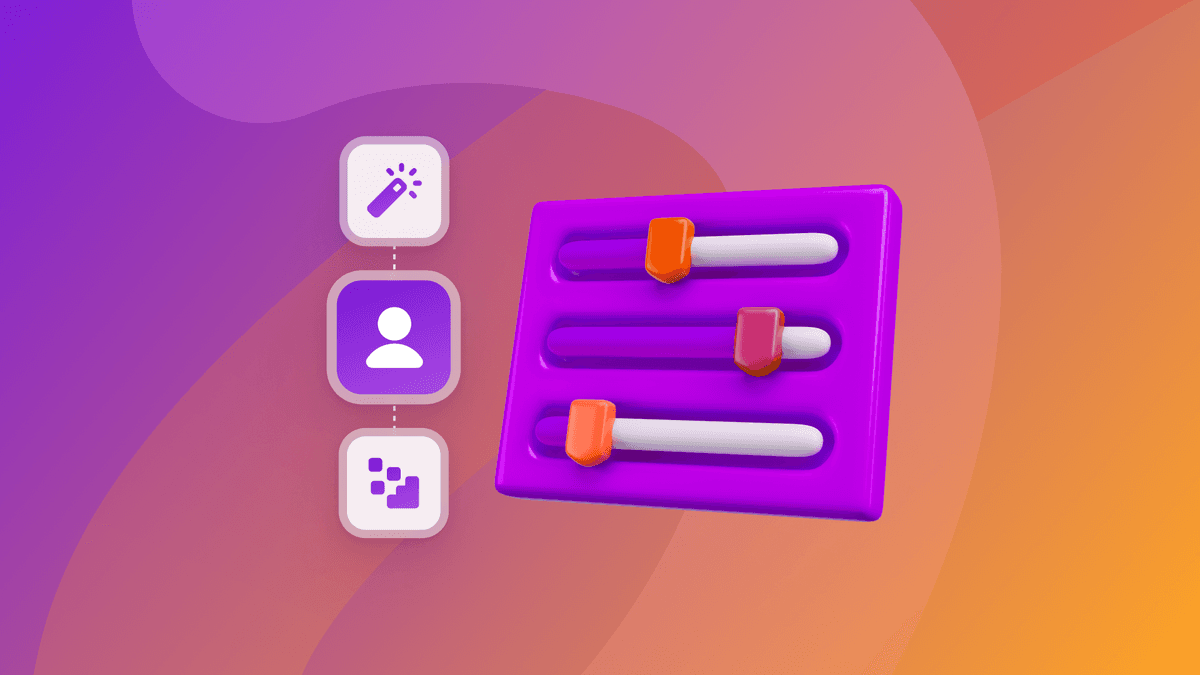
How behavioral marketing turns data into personalized experiences
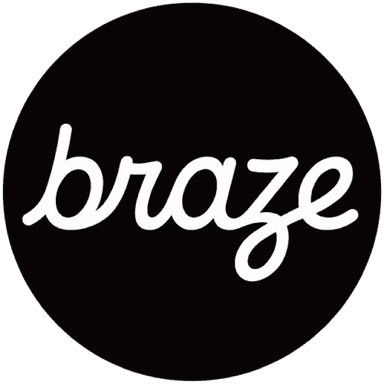
Team Braze
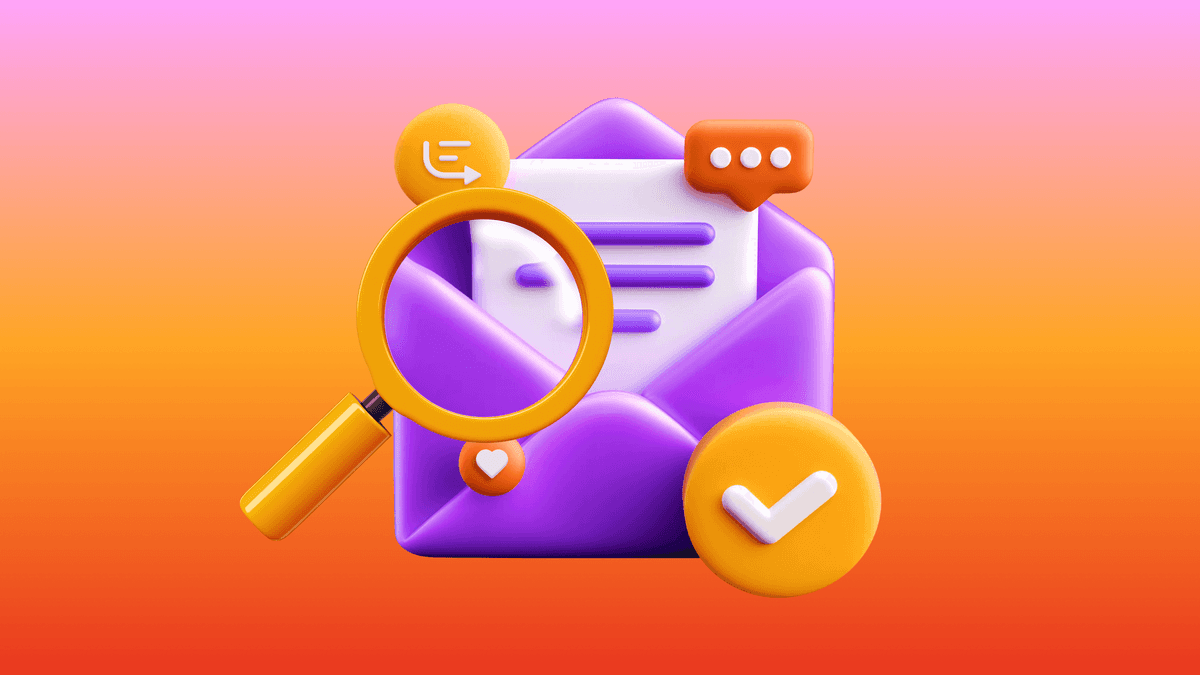
The new inbox reality: How iOS changes are reshaping email marketing

Aparna Prasad

Experience optimization: Turning data insights into better journeys
